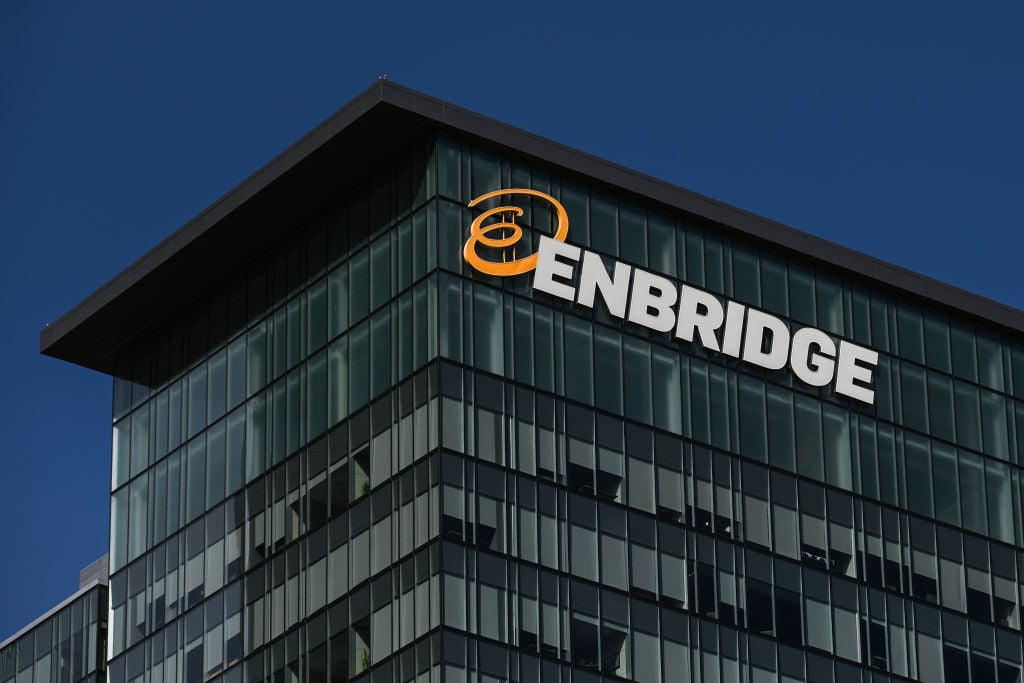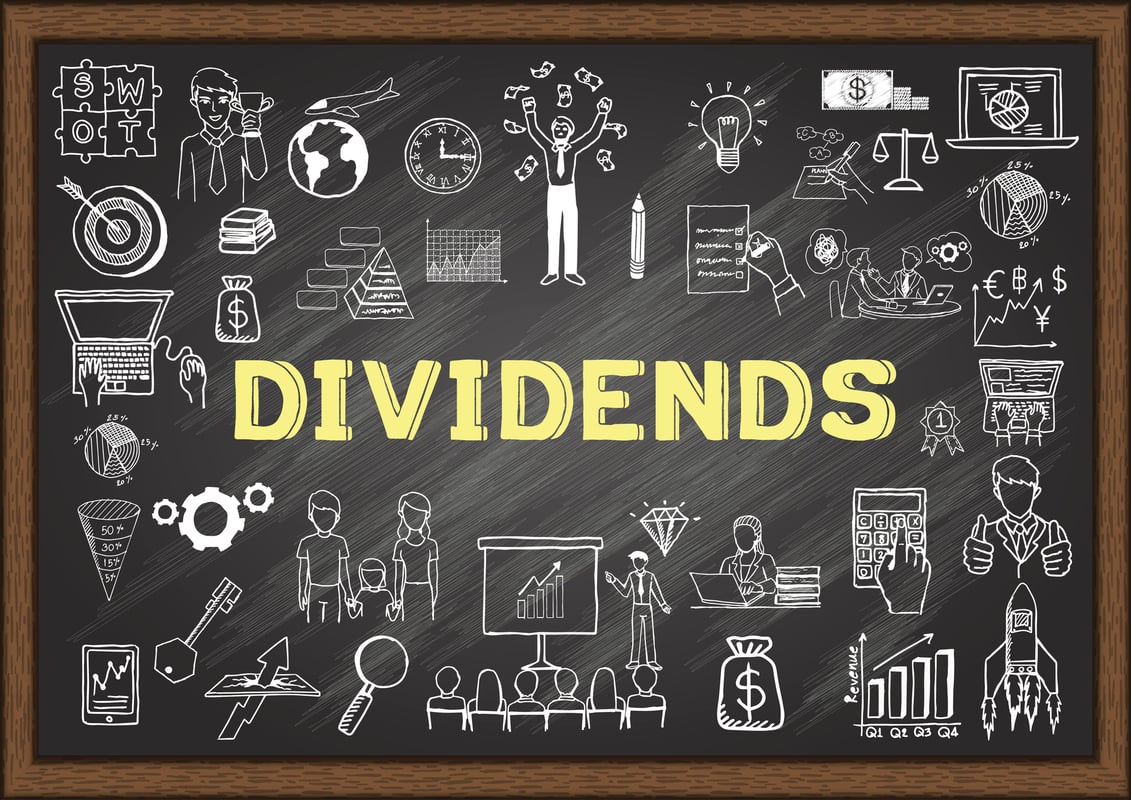Enbridge (ENB +0.43%) has seen its stock perform fairly well this year. Shares have gained about 14% so far. Add in the company's high-yielding dividend, and the total return is up to 19%. That's only slightly less than the red-hot S&P 500's 21% total return.
Given Enbridge's run this year, investors might be wondering whether it has any fuel left in the tank. Here's a look at the case for and against buying shares of the Canadian energy company these days.

Image source: Getty Images.
The case for buying Enbridge
The main attraction is its dividend, which currently yields an above-average 6.3%. That payout appears to be sustainable over the long term. Driving that view is the stability of the company's cash flow and the strength of its financial profile. For example, it gets 98% of its cash flow from predictable sources like fee-based contracts. Meanwhile, it only pays out about 65% of those funds to support its high-yielding dividend. Add to that a strong investment-grade balance sheet backed by a leverage ratio that's within its target range, and the payout is on solid ground.
Enbridge adds to its appeal with compelling growth prospects. The company currently has 19 billion Canadian dollars ($14.3 billion) of expansion projects under construction. These should enable it to grow its earnings by around a 10% compound annual growth rate through the end of next year. Meanwhile, it anticipates having the financial flexibility to fund enough expansions to grow its earnings at a 5% to 7% annual rate after next year.
Despite the run-up in the stock price this year, the company still trades at a relatively low valuation. Enbridge currently expects to produce about $3.35 per share of cash flow this year. With its stock trading at around $35.50, it implies that it sells for roughly 10.5 times its cash flow. That's low for pipeline companies, which typically trade at a low-teen multiple of their cash flow.
The case against buying Enbridge
While Enbridge has attractive near-term growth prospects, the company anticipates slowing down in the coming years. After growing its dividend at a 12.1% compound annual rate over the past two decades, it will likely only be able to increase it at a 5% to 7% yearly pace after 2020.
Two factors are behind this slowdown. First, it's harder for large companies like Enbridge to grow at a fast rate. Meanwhile, energy companies don't have as much flexibility to fund growth as they did in the past. Enbridge, for example, used to have no trouble issuing new stock to finance expansion projects. But given that its shares trade at a low valuation, the company can't use them to fund growth, which limits its ability to expand.
A longer-term concern is the rapid rise of renewable energy due in part to climate change fears. As the world pivots more of its energy mix toward renewables, companies like Enbridge will have fewer growth prospects. That's one reason the company has started investing in renewables -- it's currently building two offshore wind farms in Europe.
Verdict: Enbridge is still a good buy
While the stock might not be as cheap as it was to begin the year, it still trades at an attractive valuation. Add in its well-supported high-yield dividend and visible growth, and the company should be able to continue producing strong total returns. Because of that, it's a solid stock for those seeking a steadily growing income stream to consider buying.






